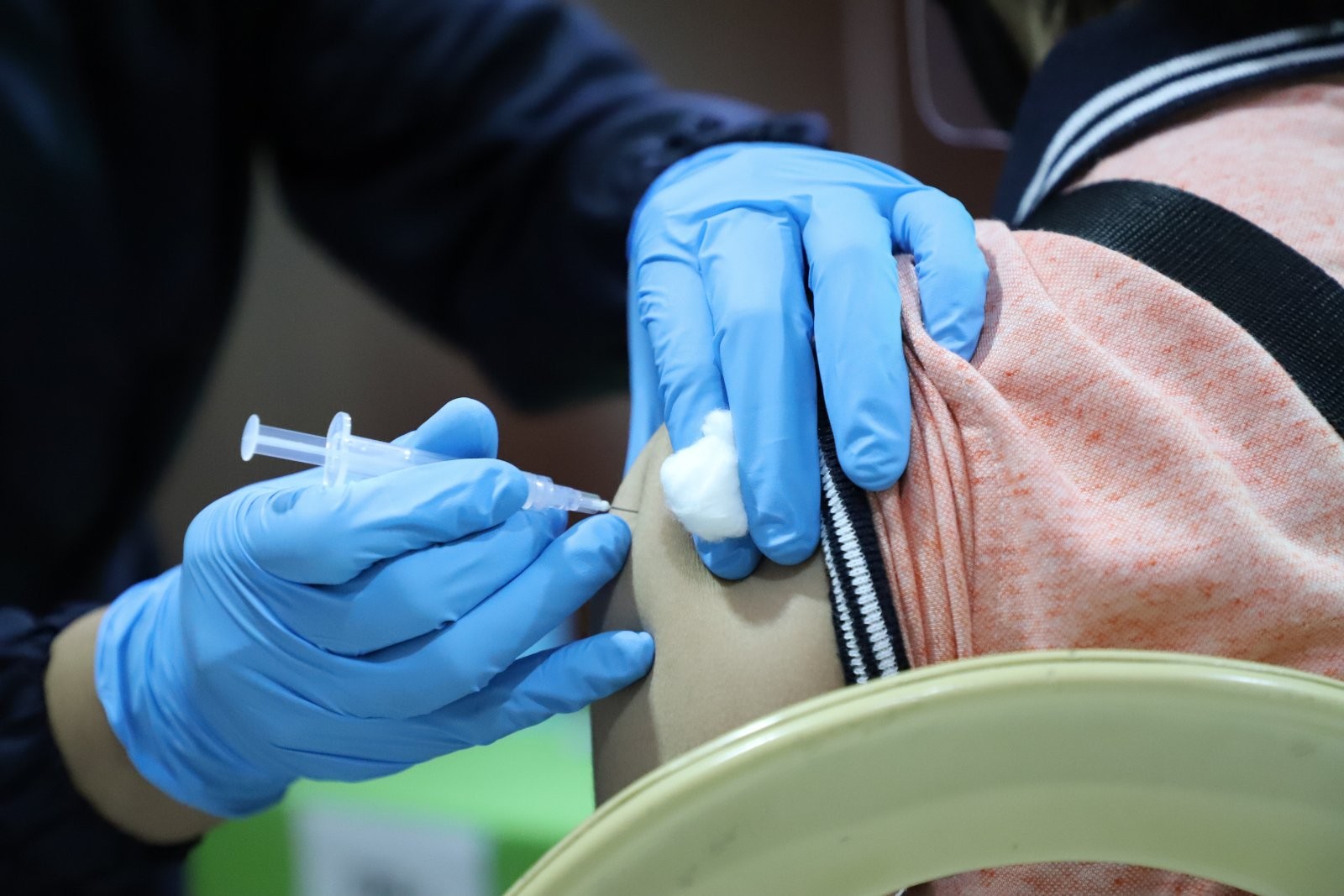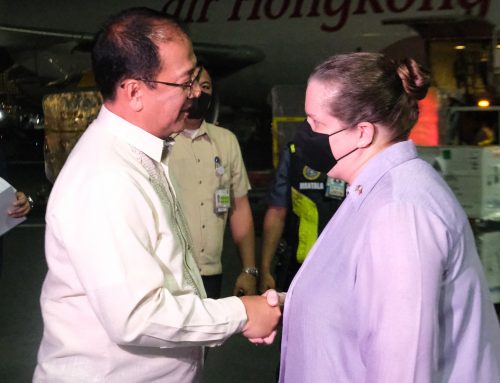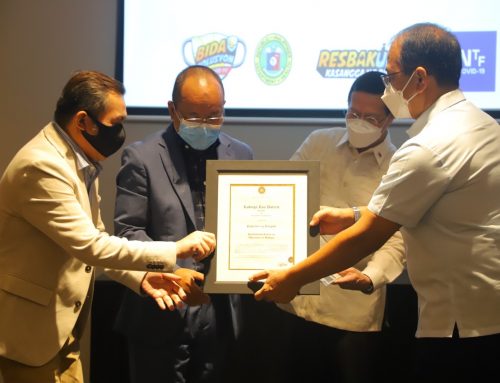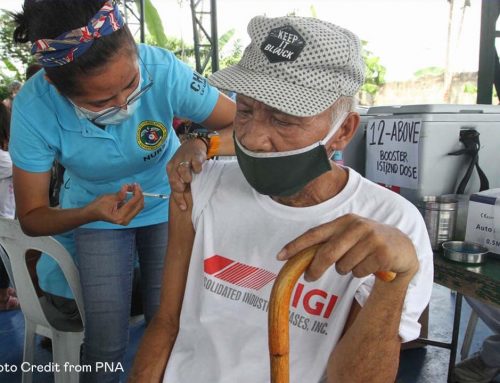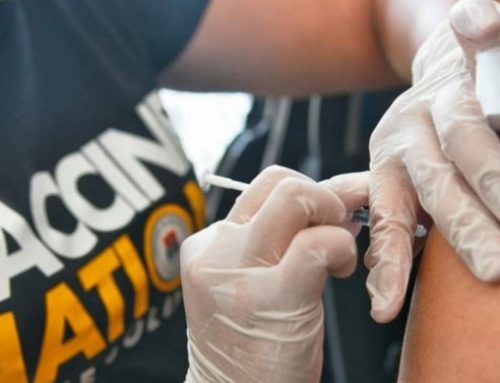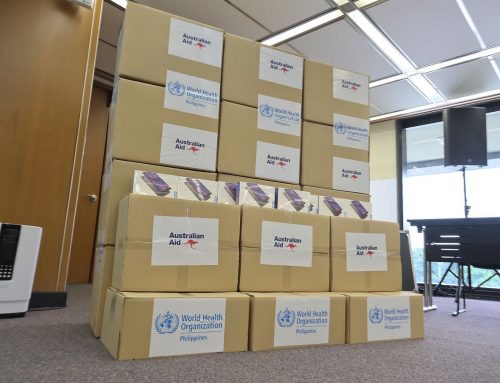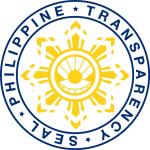QUEZON CITY (16 October 2021) – At least 1, 151 adolescents or ages from 15 to 17 years old were vaccinated on the first day of the vaccine rollout yesterday, Friday.
The national government began the vaccination of minors with comorbidities, which was piloted in eight hospitals in Metro Manila.
National Task Force against COVID 19 Chief Implementer and vaccine czar Secretary Carlito G. Galvez, Jr, Inter-Agency Task Force Chairman and Department of Health Secretary Francisco Duque III, and Senate Committee Chairman on Basic Education, Arts and Culture Senator Sherwin Gatchalian led the vaccine rollout at the National Children’s Hospital.
“Today marks another important phase in our national vaccination program, as we start inoculating our younger population and move closer towards our goal of achieving population protection, and eventually, herd immunity,” said Galvez during the ceremony.
“This occasion is a major development in our vaccination program because if we carry this out successfully, as we have previously done with our priority groups, we shall be able to continue the expansion of our face-to-face classes,” he added.
The pediatric vaccination rollout is being conducted by age group, wherein those aged 15 to 17 years old will be inoculated first followed by those within the 12 to 14 year-old age bracket.
Simultaneous launches were also conducted at the Philippine Children’s Medical Center, Fe Del Mundo Medical Center, Philippine Heart Center, Pasig City Children’s Hospital, Philippine General Hospital, St. Luke’s Medical Center BGC, and Makati Medical Center.
Those who qualified to take part in the vaccine rollout are children and adolescents with underlying medical conditions such as medical complexity, genetic condition, neurologic conditions, metabolic or endocrine diseases, cardiovascular diseases, obesity, HIV Infection, tuberculosis, chronic respiratory disease, renal disorders, hepatobiliary disease, and immunocompromised due to disease or treatment.
Galvez emphasized that the safety and wellness of the children receiving the vaccines were carefully considered by the government, which led to the decision to conduct the inoculations in hospitals specializing in pediatric care.
He said that under this set-up, immediate medical attention can be provided to individuals just in case they experience any adverse effect following immunization (AEFI).
Meanwhile, Duque thanked the healthcare workers for the ‘sense of sacrifice’ the sector demonstrated in helping the country fight the pandemic.
“Kayo ang kumakalinga. Kayo ang nangangalaga. Kayo ang gumagamot at kayo rin ang sumasalba ng maraming buhay lalo na sa mga naapektuhan ng COVID 19 severe and critical infection,” said Duque.
“Kaunti man ito sa ating pediatric age group, but we’ll never know because this virus has the potential for mutations. And these mutations can give rise to variants. And these variants can cause extreme problems to all of us,” he added.
According to Galvez, the vaccination for children with comorbidities or those under the Pediatric A3 category will be conducted in ‘a safe, phased, sequential, and monitored’ manner in line with the recalibrated vaccination plan.
The vaccine rollout will have four phases. The pilot rollout was held in select hospitals in Metro Manila, while the rollout in all 17 local government units in the National Capital Region is scheduled on October 22 wherein each LGU will identify one hospital as a vaccination site.
Meanwhile, the regional rollout for areas that have fully vaccinated 50% of their A2 (senior citizen) group may begin inoculating their minors on November 5.
The rollout in other parts of the country will be determined by the National Vaccination Operations Center (NVOC) based on the status of the country’s vaccine inventory and the number of vaccinated individuals in a specific area.
“Kaya’t ang hamon namin sa mga lokal na pamahalaan — bilisan na ang inyong pagbabakuna sapagkat sapat na ang ating supply. Sama-sama nating gawing masagana, ligtas, at mas masaya ang ating Pasko ngayong 2021,” Galvez said.
Galvez said that the rollout for this sector will be purely based on registration, noting the NTF’s projections that about 1.2 million adolescents with comorbidities are qualified to take jab, in which around 144,123 of them are from the NCR.
“Sa pagbubukas ng vaccination program sa ating mga kabataan at pagbaba ng alert level dito sa Metro Manila, hangad natin na dahan-dahan nang makabalik sa normal ang buhay ng ating mga kababayan, lalo na ang mga nawalan ng hanap-buhay,” Galvez said.
“Ito ang dahilan kung bakit nagsusumikap ang pamahalaan na mas pabilisin at paghusayin ang pagpapatupad ng ating vaccination program,” he added.
Gatchalian likewise threw in his support behind the vaccination program for teenagers, noting that the vaccination drive for the age group has been proven safe, as more than 28 countries are already inoculating their younger population.
“This is the only way, ang namumukod-tanging paraan upang makabalik tayo sa face-to-face classes. And this is the only way to build confidence among our parents na takot pa rin,” he said.
The Philippines has so far received 90.61 million doses of vaccines since February, of which, 51.48 million doses were administered as of October 14.
This brings the total number of fully vaccinated individuals in the country to 23.98 million or 31.09% of the target population. END


